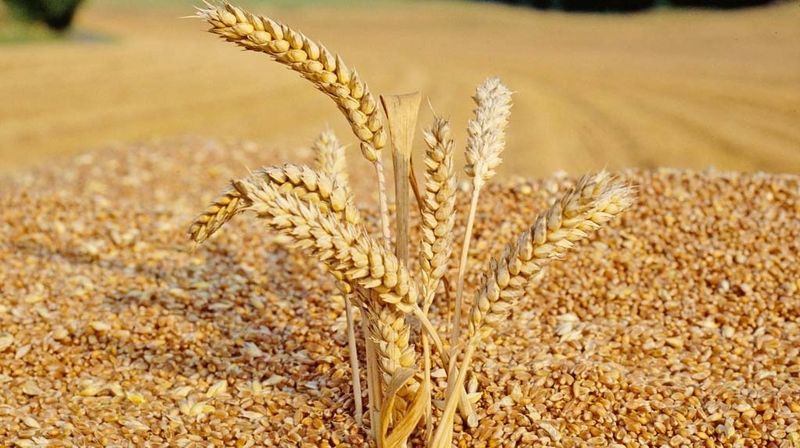U.S.: Soft White Wheat Crop Looks Better This Year

Analysis of the wheat market since February has been underscored by volatility, and no less so for the U.S. soft white (SW) wheat market.
The sudden exit of Ukraine from the export market and the uncertainty of Russia’s wheat exports are recent factors in market volatility. Dry weather is another important consideration for winter wheat markets.
The most recent USDA crop progress report rated 27% of the entire U.S. winter wheat crop as good or excellent, a 3-point drop from last week and the lowest level since 1989 for this time of year. The report encompasses all winter wheat, including SW grown in the Pacific Northwest (PNW). And with summer fast approaching, it is a good time to look at the underlying factors for the 2022 U.S. SW crop.
The PNW wheat-growing region remains in some form of drought. Yet crop conditions there are considerably better than in the Plains. Following significantly more winter moisture, spring weather has also returned to normal, with rain and mild temperatures reported in Washington’s Palouse region and north-central Oregon.
Idaho wheat conditions are rated 56% good or excellent. Oregon’s conditions rate 55% good or excellent, and Washington state, the leading SW producer, with 52% of the crop rated good or excellent.
Last year, persistent hot and dry weather hit the PNW, impacting both yield and protein content for soft white wheat. According to the U.S. Wheat Associates (USW) Crop Quality Report, the average soft white protein on a 12% moisture basis in 2021 was 11.3%, 15% higher than in 2020 and 16% above the 5-year average. Production was down 28% compared to the 5-year average. In Washington, the leading SW producer, yields were slashed 47% compared to 2020/21.
Ending stocks are especially tight, with the USDA estimating a 26% decline compared to last year. The relatively high cost of the smaller white wheat crop and week-to-week price volatility has translated to reduced SW export volume this year. USDA’s April supply and demand estimate reduced exports by 46%, and the latest USW Commercial Sales report showed soft white exports 50% lower year-to-date at 3.33 MMT.
However, USDA expects SW area planted for harvest in 2022 to be 3.56 million acres (1.44 million hectares), up 2% compared to last year. That is good news for SW wheat millers. Production potential and farmer revenue from SW is complicated by higher input costs like fertilizer, and the volatile futures market make it difficult for farmers to determine their best course of action. Even so, the improved conditions this year should benefit both SW customers and farmers.
Oregon SW wheat farmer and current USW Chairman Darren Padget is optimistic about the potential in his SW crop this year. He said this year has been much more normal than last year, with moisture being much more consistent and plentiful in the winter and spring. He said that in his area of the PNW, “we are on track for an average crop.”
Glen Squires, Chief Executive Officer for the Washington Grain Commission, said that spring conditions have been wetter and cooler than last year. He did, however, warn that subsoil moisture is about the same as last year, around 40% short or very short. Overall, Squires noted that they are optimistic that crop quality and yields will rebound from last year.
Read also
Wheat in Southern Brazil Impacted by Dry Weather and Frosts
Oilseed Industry. Leaders and Strategies in the Times of a Great Change
Black Sea & Danube Region: Oilseed and Vegoil Markets Within Ongoing Transfor...
Serbia. The drought will cause extremely high losses for farmers this year
2023/24 Safrinha Corn in Brazil 91% Harvested
Write to us
Our manager will contact you soon



